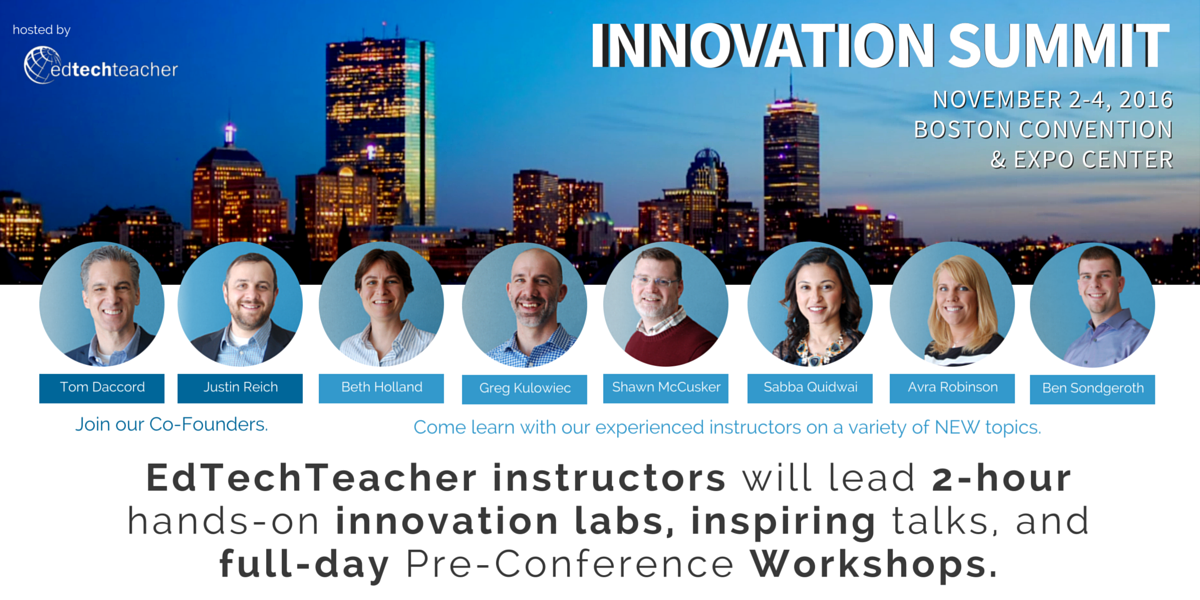 I heard about and saw many, many great ideas for using iPads and other technology in classrooms. The days I spent learning also led to much thinking about a range of topic areas. Being put in the role of learner is always invigorating and exciting. I learned about several tools that can be used in a variety of ways in different subject areas and different age groups. Many of the tools help connect to people and places outside of our community. Some of the tools weren’t new to me, but were presented in a new context and helped me think about ways to broaden the use of tools we already use. It was wonderful to meet teachers and school leaders from all over the country and hear about what their schools are doing.
I heard about and saw many, many great ideas for using iPads and other technology in classrooms. The days I spent learning also led to much thinking about a range of topic areas. Being put in the role of learner is always invigorating and exciting. I learned about several tools that can be used in a variety of ways in different subject areas and different age groups. Many of the tools help connect to people and places outside of our community. Some of the tools weren’t new to me, but were presented in a new context and helped me think about ways to broaden the use of tools we already use. It was wonderful to meet teachers and school leaders from all over the country and hear about what their schools are doing.My 3 take aways from the conferences:
1) It is so important to remember what it feels like to be a learner. Especially what it feels like when…
- a teacher goes too fast
- a teacher assumes we understand something when we don’t
- the class is working on step 6 and we haven’t even finished step 1
- we try to persevere but it’s really hard
- we are met with not meeting goals
- we are met with success
- having a growth mindset is frustrating
- working in a group and one person does all the talking and doing
- a teacher is talking, talking, talking and we don’t have a minute to think
2) To create change in schools we must go through an intentional process. We need a vision and discussion about what and why we want to make change. We should ask ourselves WHAT do we want to change and WHY? Conversations, explorations, research and should be done in a collaborative environment with all the stakeholders to establish the what and why. Once understanding has been established, then ideas and solutions can be created. This becomes the HOW of reaching goals within the vision. Then these ideas/solutions are tried out, evaluated, and assessed in a variety of ways. The information gathered in the assessment phase can then be used to make ideas/solutions better. Change must be intentional and should include conversations, understanding, explorations, synthesizing, planning, doing, and reflecting.
3) There are some wonderful and amazing ways we can enrich and extend students’ learning using some interesting tools. These tools can really engage a wide range of learners and support the teaching we do. My questions always comes back to, if we change something or add something in, what are we taking away or what are we changing? To get good at using these tools takes time, and we need to create time and support for teachers to familiarize themselves with these tools and think about the possibilities of use in their classrooms. Then support them as they try to implement these changes.
I end with the questions: What do we want Park School students to learn and experience during their years here, and why do we want them to learn and experience those things? How will we reach those goals? How will we know if we have reached those goals?
-Katrina Mills

Leave a Reply
You must be logged in to post a comment.